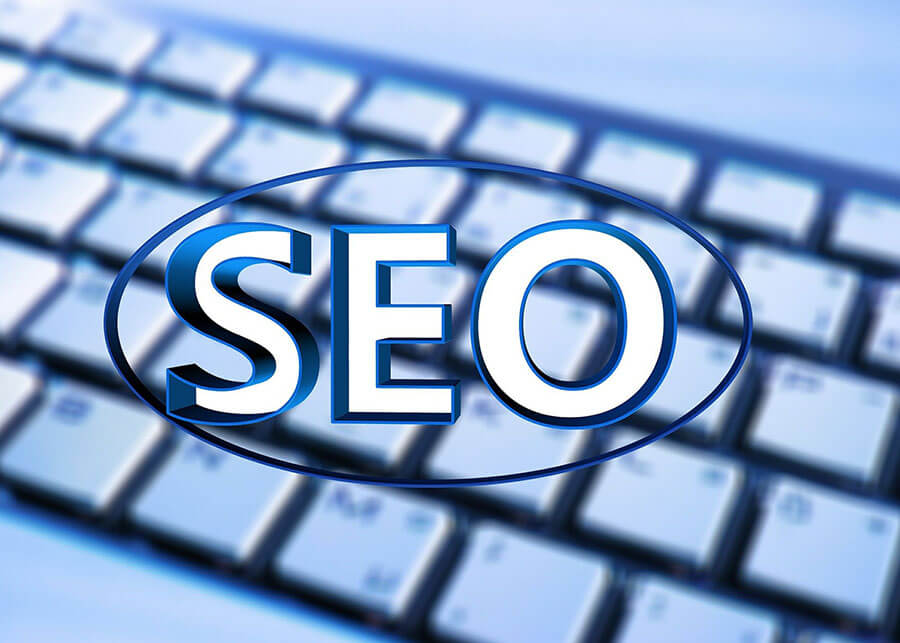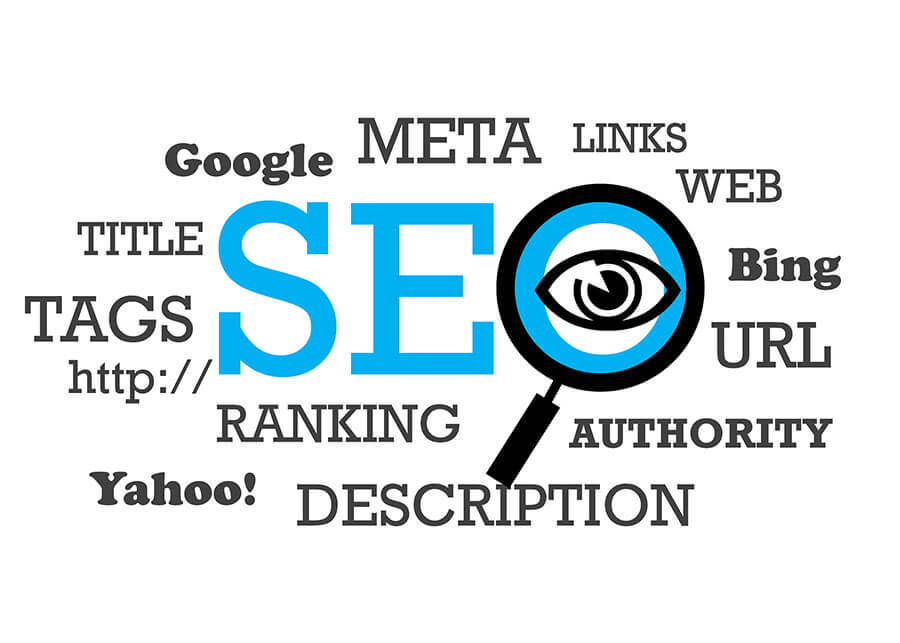The terms SEO vs SEM and their procedures are two different nations that many people tend to falsely consider as the same thing. When we talk about two concepts, we refer to two different marketing channels. Businesses can take advantage of these two different marketing tools in order to approach their target audience through search engines.
Search Engine Optimization, SEO for short, is a basic tactic that businesses use in order to strengthen their online presence by increasing their website traffic or by promoting their business online. SEO may seem as an abstruse and complicated process, especially to those who try to compare and combine it with Search Engine Marketing (SEM).
They may even sound identical to people who have a superficial understanding of the two processes. In reality, they are two different approaches which are implemented by businesses that try to become visible to search results (Search Engine Result Pages).

You will find information about these two processes below so that you can understand their differences and see how you can implement them in order to satisfy your business needs. First, let’s differentiate the two concepts.
What is SEO?
Search Engine Optimization (SEO) increases the quantity and the quality of traffic on a website thanks to the organic results that users get from search engines, such as Google, το Bing and το Yahoo.
Trying to gain the trust of those search engines so that they recommend your content to users as the best solution to their problem is like a unique science field. In order to fully understand what SEO really is, we need to analyze the 4 basic elements of a SEO strategy:
1. Technical SEO
Technical SEO focuses on the optimization of the technical structure of a website and examines elements like its speed, its mobile compatibility, its visibility on search engines and its security.
2. On-Page SEO
On-page SEO deals with the optimization of elements on a webpage which help search engines understand its content and recommend it to internet users. Things that shape the on-page SEO are the webpage’s main title, the headings (H1) and subheadings (H2,H3,H4) of the texts, the meta tags and alt texts of the images that are used on the specific page.
3. Content
The main criterion for high ranking on search engines is the content. You will not manage to climb to top positions if you don’t share quality content that provides answers and solutions to users’ problems. When we talk about content creation, we mean the incorporation of an effective content marketing plan into a complete marketing strategy.
4. Off-Page SEO
Off-page SEO is responsible for the optimization of the credibility and the authority of your website to the search engines’ and consequently to users’ eyes. By linking your website with similar sites thanks to link building and guest blogging techniques and by transforming your business into a thought leader in the industry, you will manage to earn the trust of both internet users and search engines.
An SEO strategy is considered successful when the four elements above are combined. You may need to consult an SEO expert as they can devise an effective strategy for growing your business. 
What is SEM?
Search Engine Marketing (SEM) is a strategy that deploys the method of paid ads as a means of exposing your business to search engines. You may have heard of this as Pay Per Click (PPC).
Contrary to SEO which uses tactics that help websites rise organically, SEM takes advantage of PPC advertising platforms (Google Ads, Bing Ads, etc.) to approach the audience of a business. As an advertising tactic, it has everything from keyword research and competition analysis to creation of targeted campaigns and ads. These ads put products and services on potential customers’ screens.
The advertising campaigns may be:
- Search Ads
- Shopping Ads
- Display Ads
- Gmail Ads
- YouTube Ads
All these types of advertising campaigns have one thing in common; they help you reach your target audience. In simple words, SEM is any type of paid advertising on a search engine with the aim of brand exposure and recognition.
SEO vs SEM: Which is the best?
There is no clear answer to this question. The right choice varies from company to company. We would argue that you should take the following factors into account before making Δεν υπάρχει ξεκάθαρη απάντηση σε αυτό το ερώτημα. Η επιλογή της κατάλληλης διαδικασίας διαφέρει από επιχείρηση σε επιχείρηση. Θα λέγαμε ότι η επιλογή τους εξαρτάται από διάφορες παράγοντες όπως είναι:
Business goals: If you want to increase sales of a particular product or offer on your website, SEM is the best option in this case. Remember that SEM guarantees short-term results, as opposed to SEO which facilitates growth in the long run.
The current performance of your website: If you already have a strong online presence thanks to SEO tactics, you can boost your performance even more by investing in SEM activities.
Your budget: If you are on a tight budget, you will not be able to afford a SEM activity due to the high cost of clicks per user. In this case, SEO is the most efficient action.

Customer Lifetime Value: The cost for retaining your current customers will influence the type strategy that you should follow in order to your business needs.
To sum up, we would say that there is no real dilemma between SEO and SEM. Nowadays, businesses should implement both SEO and SEM strategies. You can use the data you gathered from SEM activities to organic SEO actions.
You should combine SEO attempts with remarketing campaigns in order to approach individuals who were not turned into customers in the past. Both tactics can be used so as to ensure that your business is visible to both the advertising world and to organic lists of search engines.
As for selecting the best tactic, it is important to evaluate your needs. You should also make sure that you have fully understood their differences. Ideally, you should follow a complete marketing strategy which deploys both tactics. In this way, you will be a big plus against your competition.
See also: Physical VS Online Store: Advantages and Disadvantages

